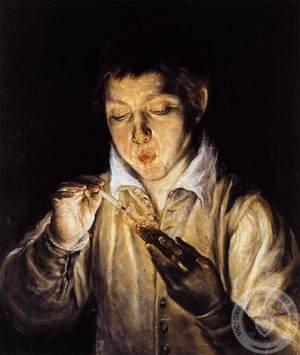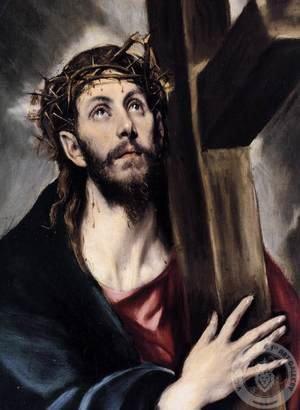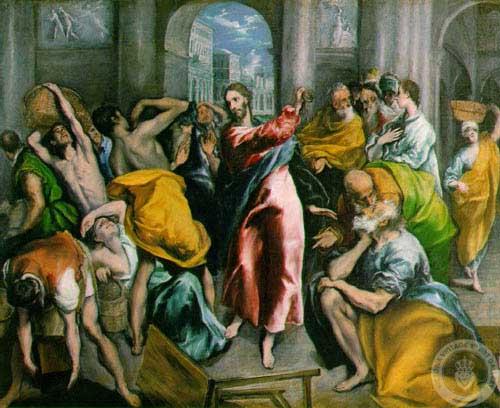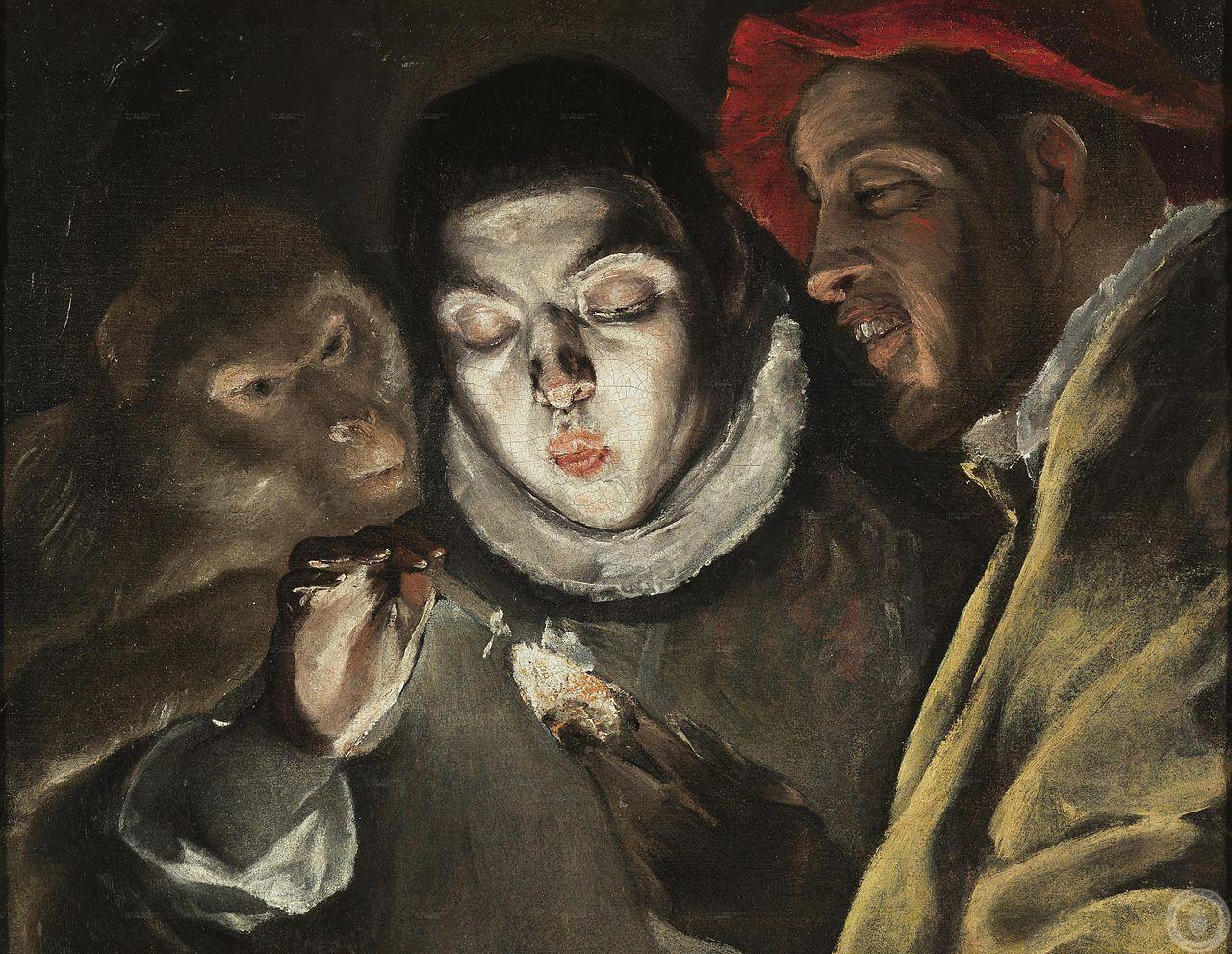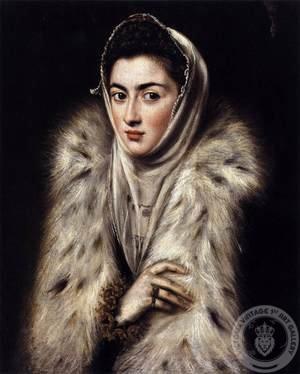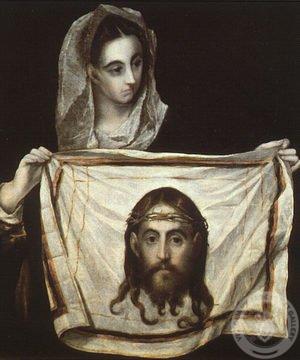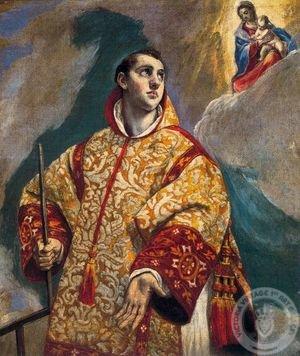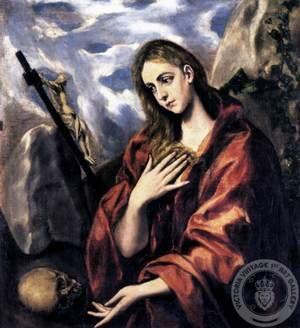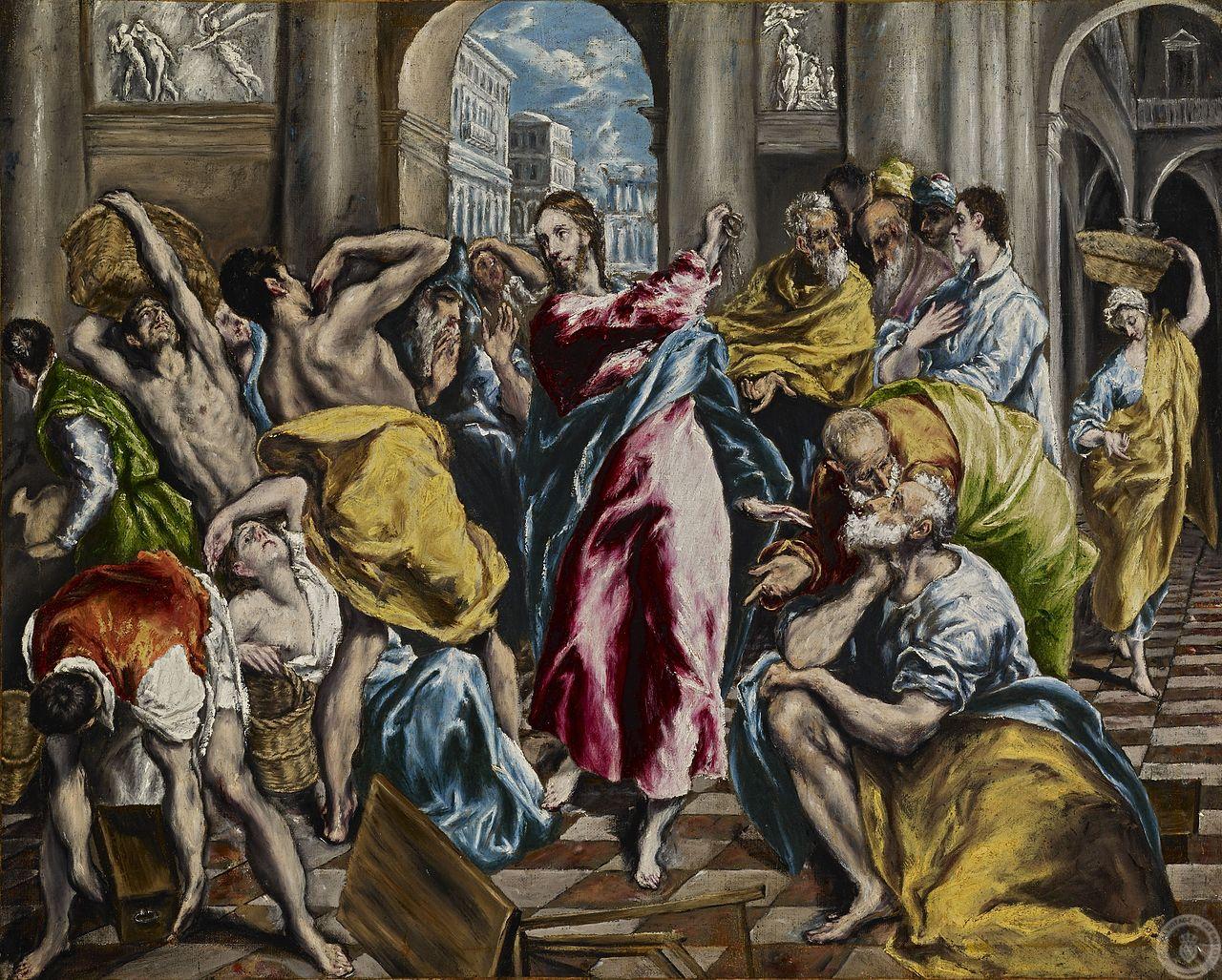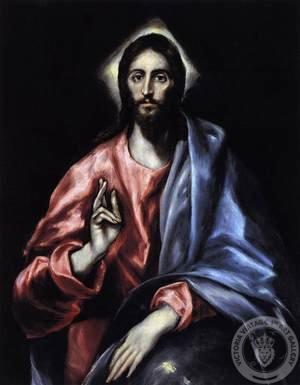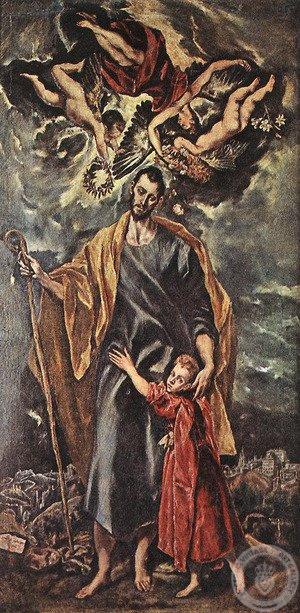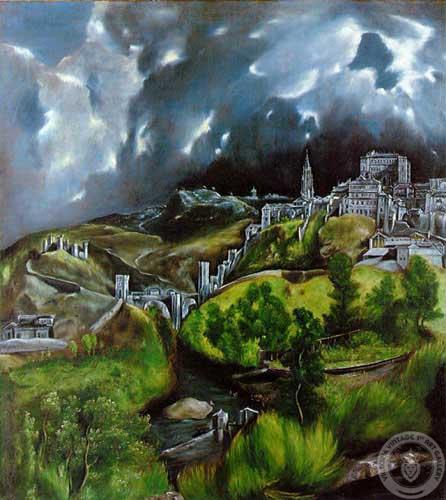
- Popular Painting
- Popular Artist
- Alfred Sisley
- Alphonse Maria Mucha
- Antonio Ciseri
- Caravaggio
- Caspar David Friedrich
- (Giovanni Antonio Canal) Canaletto
- Claude Oscar Monet
- Dante Gabriel Rossetti
- Diego Rodriguez de Silva y Velazquez
- Edouard Manet
- Edwin Lord Weeks
- El Greco
- Eugène Boudin
- Eugne Boudin
- Francisco De Goya y Lucientes
- Frederic Edwin Church
- George Stubbs
- Gustav Klimt
- Henri De Toulouse-Lautrec
- Jacques Louis David
- Jan Vermeer Van Delft
- Jean-Leon Gerome
- John Constable
- John Frederick Herring Snr
- John Frederick Lewis
- John Singer Sargent
- John William Godward
- John William Waterhouse
- Joseph Mallord William Turner
- Leonardo Da Vinci
- Lord Frederick Leighton
- Martin Johnson Heade
- Mary Cassatt
- Michelangelo Buonarroti
- Peter Paul Rubens
- Pierre Auguste Renoir
- Pieter the Elder Bruegel
- Raphael
- Rembrandt Van Rijn
- Sandro Botticelli
- Sir Lawrence Alma-Tadema
- Tiziano Vecellio (Titan)
- Vincent Van Gogh
- Wassily Kandinsky
- William Merritt Chase
- William-Adolphe Bouguereau
- Popular Movement
- Popular Subject
- Modern Art
- Global National Galleries
El Greco Paintings
Encounter the Divine through our Exceptional Reproductions
El Greco and his significance in the art world:
El Greco, born Domenico’s Theotokopoulos (1541-1614), is a renowned Greek painter whose significance in the art world is immense. He is widely regarded as a highly influential artist of the Spanish Renaissance and a precursor to modern art movements like Expressionism and Cubism. El Greco’s distinct style, characterized by elongated figures, vibrant colors, and dramatic lighting, set him apart from his contemporaries and continues to captivate viewers. His works primarily focused on religious and spiritual themes, conveying the mystical and transcendent aspects of Christian faith. With his expressive and emotional portrayals, El Greco forged a powerful connection between the viewer and his subjects, leaving a lasting impact on art history. His artistry and innovative techniques have had a profound influence on subsequent generations of artists.
El Greco’s artistic legacy has been widely recognized and celebrated over the centuries. While his work faced some criticism during his lifetime, his paintings garnered appreciation and admiration in the years that followed. Today, his masterpieces can be found in prestigious art museums and galleries around the world, drawing countless visitors who are captivated by his technical prowess, artistic vision, and spiritual depth. Not only did El Greco’s unique style leave an indelible mark on the art world, but his exploration of religious themes and his ability to evoke the divine continue to inspire and resonate with audiences. His artistry continues to be cherished and studied, solidifying his position as one of the most significant figures in the history of art.
The concept of encountering the divine through art:
Encountering the divine through art is a transformative experience that has been cherished throughout history. Art serves as a powerful medium to explore and express spirituality, allowing individuals to connect with the divine on a deep level. Through carefully crafted compositions, symbolism, and use of color, art evokes emotions and stirs the imagination, providing a space for introspection and transcendence. Whether through religious depictions or abstract expressions, art transcends words and concepts, offering a unique language to connect with something greater than ourselves. In this exploration, we delve into the works of artists like El Greco, discovering the profound visions that invite us to contemplate and encounter the divine.
Biography of El Greco:
El Greco, born Domenikos Theotokopoulos in 1541 in Crete, Greece, was a renowned painter whose career flourished in Toledo, Spain. Initially trained in the Byzantine tradition, he later traveled to Italy, where he absorbed the influences of the Renaissance masters. However, it was in Toledo that El Greco truly found his artistic voice, developing a distinctive style characterized by elongated figures, vibrant colors, and expressive brushwork.
El Greco’s works primarily explored religious and spiritual themes, drawing inspiration from Christian mythology and biblical narratives. His paintings conveyed a sense of ethereal mysticism, often featuring dramatic lighting, intense gestures, and a heightened emotional atmosphere. Despite facing criticism for his unconventional style during his lifetime, El Greco gained patronage from influential figures in Spain and left an indelible mark on the art world. His innovative approach to painting and ability to capture the transcendental have secured his status as one of the most significant artists of the Spanish Renaissance and a precursor to modern art movements. Today, his masterpieces can be found in prestigious museums and galleries worldwide, preserving his artistic legacy and continuing to inspire generations of artists. El Greco’s artistic brilliance and his ability to convey the spiritual and divine make him an enduring and revered figure in the history of art.
El Greco’s unique artistic style:
El Greco’s artistic style was truly distinctive and immediately recognizable. His unique approach to painting combined elements from Byzantine, Mannerist, and Renaissance traditions, resulting in a visual language that was entirely his own. One of the defining characteristics of El Greco’s style was the elongation of figures. His subjects were portrayed with stretched proportions, conveying a sense of elegance and spiritual transcendence. This elongation served to emphasize the ethereal nature of his figures, granting them an otherworldly presence.
Another notable aspect of El Greco’s style was his bold and non-naturalistic use of color. He employed vibrant and intense hues, often in striking contrast, to create a heightened emotional impact. Rather than adhering to realistic representation, El Greco used color symbolically and spiritually, evoking a powerful response from viewers. Additionally, his paintings were characterized by dramatic lighting effects, with stark contrasts between light and shadow. This technique added depth, drama, and a sense of tension to his compositions, enhancing the overall emotional resonance of his works.
El Greco’s expressive brushwork further contributed to the distinctiveness of his style. His brushstrokes were energetic, visible, and often applied in a spontaneous manner. This loose handling of paint created a sense of movement and vitality, adding to the emotional intensity and overall visual impact of his paintings. In summary, El Greco’s artistic style, with its elongated figures, vibrant colors, dramatic lighting, and expressive brushwork, remains a testament to his artistic genius and has left an indelible mark on the art world.
El Greco’s use of color, composition, and perspective:
El Greco’s use of color, composition, and perspective was revolutionary and influential in shaping his distinctive artistic style.
His bold and non-naturalistic color choices created a heightened emotional impact, conveying symbolic and expressive qualities. El Greco’s dynamic compositions guided the viewer’s eye and infused his works with energy and tension. His unconventional perspective, characterized by elongated figures and distortions, emphasized the spiritual and emotional aspects of his subjects.
These innovative approaches to color, composition, and perspective contributed to the dramatic and transcendent nature of El Greco’s paintings. His mastery of these elements continues to inspire and influence artists today.
El Greco’s religious and spiritual themes:
El Greco’s art is deeply rooted in religious and spiritual themes, exploring Christian mythology and biblical narratives. Through dramatic lighting, vibrant colors, and elongated figures, he conveys a sense of the sacred. His works go beyond symbolism, delving into the inner emotional states of his subjects, capturing their spiritual struggles and devotion. El Greco’s paintings evoke a profound contemplation of the divine, inviting viewers to connect with the mystical aspects of faith.
El Greco depicted the divine in his works:
El Greco’s depiction of the divine in his works was truly captivating and unique. Through his artistic techniques, he conveyed the transcendent and ethereal qualities of the divine realm. One way he achieved this was through his masterful use of dramatic lighting, creating a heavenly glow that emanated from his subjects and heightened the sense of the sacred.
In addition, El Greco’s elongated figures added to the depiction of the divine. By stretching proportions, he conveyed a sense of spiritual elevation and transcendence. This visual representation emphasized the ethereal nature of the divine beings, capturing their heavenly essence.
Furthermore, his vibrant and symbolic color choices further contributed to his portrayal of the divine. Bold and intense hues evoked an emotional and spiritual response, drawing viewers into the mystical realm of the divine.
Through the convergence of these artistic techniques, El Greco’s paintings presented a captivating and awe-inspiring depiction of the divine, transcending the earthly and inviting viewers to encounter the sacred in a profound way.
The emotional and transcendent qualities of his paintings:
El Greco’s paintings are renowned for their emotional and transcendent qualities, eliciting profound responses from viewers. Through his artistic mastery, he created works that moved beyond mere visual representation and tapped into the depths of human emotion and spirituality.
One aspect of the emotional power in El Greco’s paintings lies in his ability to convey intense and heightened states of emotion. Whether it is the profound sorrow in the faces of mourners, the ecstatic expressions of religious figures, or the contemplative gazes of saints, his works evoke a range of powerful emotions. El Greco’s use of expressive brushwork, dramatic lighting, and elongated figures adds a sense of intensity and passion to his compositions, amplifying the emotional impact on the viewer.
Furthermore, El Greco’s paintings have a transcendent quality that transports viewers beyond the material world. His unique style, with elongated figures and vibrant colors, creates an otherworldly atmosphere that invites contemplation and introspection. The spiritual and mystical aspects of his subjects are emphasized through these stylistic choices, evoking a sense of the divine presence and the sublime. His compositions often have a sense of upward movement and heavenly ascension, reinforcing the transcendent nature of his paintings.
In essence, El Greco’s works go beyond the surface, delving into the realm of emotion and spirituality. They have the power to evoke deep emotional responses and transport viewers to a higher plane of consciousness. Through his masterful technique and visionary approach, El Greco’s paintings continue to resonate with audiences, offering a glimpse into the profound and transcendent aspects of the human experience.
The emotional and spiritual impact of encountering El Greco’s paintings:
Encountering El Greco’s paintings can have a profound emotional and spiritual impact on viewers, leaving them moved, inspired, and deeply connected to the artworks.
Emotionally, El Greco’s paintings have the power to evoke intense feelings and resonate with the human psyche. His ability to capture the depth of human emotions, whether it be anguish, ecstasy, or reverence, creates a profound empathetic connection between the viewer and the subjects depicted. The expressive brushwork, vibrant colors, and dramatic lighting contribute to the intensity of these emotions, stirring a visceral response within the observer. The emotional impact of his works can be both cathartic and transformative, as they invite viewers to confront their own inner experiences and reflect on the universal aspects of the human condition.
Moreover, encountering El Greco’s paintings can have a spiritual impact, evoking a sense of awe, wonder, and contemplation. His depictions of religious and divine themes carry a transcendent quality, transporting viewers beyond the material realm. The ethereal atmosphere, elongated figures, and symbolic use of color and composition create a sacred space within the artwork. This invites viewers to explore their own spirituality, prompting introspection and a search for deeper meaning. El Greco’s works have the ability to touch the spiritual sensibilities of individuals, opening a pathway for a personal connection with the divine and a renewed sense of faith or transcendence.
The meticulous process of reproducing El Greco’s paintings:
Reproducing El Greco’s paintings is a meticulous process that requires a deep understanding of the artist’s style and techniques. The reproduction artist carefully studies the original artwork, analyzing its composition, brushwork, and color palette. Selecting suitable materials and tools, they aim to recreate the texture, depth, and vibrancy of the original piece. With precision and accuracy, the artist painstakingly reproduces every detail, constantly comparing their work to the original painting. The goal is to capture the spirit and essence of El Greco’s art, allowing viewers to experience the same emotional impact.
Throughout the process, the reproduction artist ensures fidelity to the original composition, making adjustments as needed. This meticulous attention to detail and constant refinement result in a faithful reproduction that captures the beauty and significance of El Greco’s masterpieces. By skillfully recreating the artist’s style, the reproduction brings to life the intricate details and artistic vision of El Greco’s works, allowing a wider audience to appreciate his genius.
The availability and accessibility of El Greco’s reproductions:
El Greco’s reproductions are widely available and accessible, allowing art enthusiasts and admirers of his work to appreciate and own replicas of his masterpieces.
Reproductions of El Greco’s paintings can be found in various forms, including high-quality prints, posters, and digital reproductions. These reproductions are often made using advanced printing technologies that closely capture the colors, textures, and details of the original artworks. They are produced in different sizes, allowing individuals to select options that best suit their preferences and display spaces.
The availability and accessibility of El Greco’s reproductions are enhanced by the presence of online platforms and art marketplaces. These platforms enable individuals to browse and purchase reproductions from the comfort of their own homes, expanding the reach of El Greco’s art to a global audience. Additionally, many museums and galleries that exhibit El Greco’s original paintings offer licensed reproductions as part of their merchandise, making them easily obtainable for visitors and collectors.
The accessibility of El Greco’s reproductions contributes to the wider appreciation and dissemination of his art. It allows individuals who may not have the opportunity to see the original paintings in person to still experience and enjoy the beauty and significance of his works. Whether as decorative pieces or educational tools, these reproductions bring the artistry of El Greco into homes, offices, and institutions, ensuring his legacy continues to inspire and resonate with audiences worldwide.
Conclusion:
El Greco’s paintings continue to captivate and inspire art enthusiasts and viewers around the world. His unique artistic style, characterized by elongated figures, vibrant colors, and dramatic lighting, conveys a sense of the divine and evokes intense emotions. Through his exploration of religious and spiritual themes, El Greco invites viewers to encounter the sacred and embark on personal journeys of faith and introspection.
Reproductions of El Greco’s paintings allow for wider accessibility and appreciation of his art. They offer art lovers the opportunity to own replicas of his masterpieces, bringing the beauty and significance of his works into their homes and institutions. The availability of reproductions, both in physical and digital forms, ensures that El Greco’s art can be enjoyed by a global audience, expanding his influence and legacy.
Encountering El Greco’s paintings, whether in their original form or through reproductions, leaves a lasting impact on viewers. His art stirs deep emotions, elicits contemplation, and invites a connection with the divine. The meticulous process of reproducing his works ensures the preservation and dissemination of his artistic vision, allowing future generations to appreciate and be inspired by his genius. El Greco’s paintings continue to be a testament to the power of art to transcend time, touch the human soul, and awaken the spirit.

